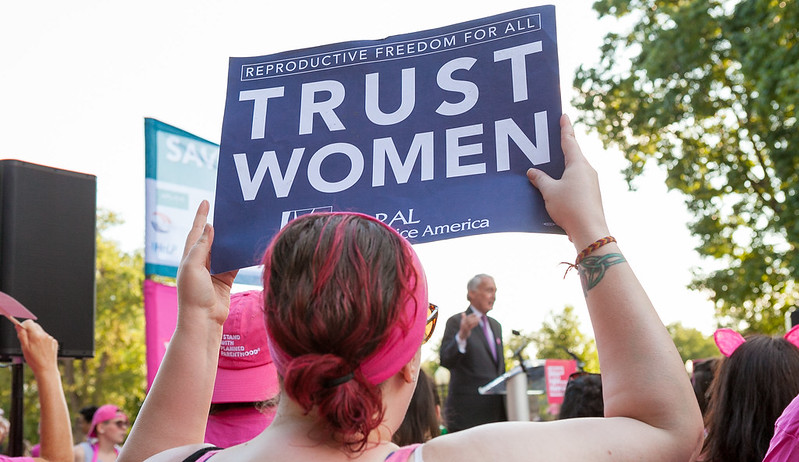What has been done in the U.S. to protect women from coercive sterilization?

Recent allegations of sterilizations performed without patient knowledge or consent among immigrant detainees in an ICE facility have sparked outrage and pain amongst reproductive rights activists and the public at large. These whistleblower revelations are so acutely painful because the wounds are fresh.
While forcible sterilizations were performed in the tens of thousands in the U.S. through the 1970s, these abuses have continued to occur in the past several decades—disproportionately affecting vulnerable women: Black/Latinx, indigenous and low-income.
What has been done in the U.S. to protect women from coercive sterilization? For a variety of reasons—including community and family influences and limited access to other birth control options—women with Medicaid are more likely to choose sterilization for family planning than women with private insurance.
In 1976, the U.S. Department of Health, Education and Welfare created a standardized informed consent process (including a 30-day waiting period prior to surgery) for women with Medicaid seeking sterilization to prevent procedures from occurring without consent.
In theory, this process enforces standardized information-sharing and “checkpoints” to ensure that patients and providers reflect on this life-altering health decision. However, it appears this protection against sterilization without knowledge and consent is not working.
First, Medicaid-insured women undergoing the federally-mandated counseling and consent process still don’t appear to fully understand the surgery or its implications. Studies on knowledge and comprehension of the sterilization procedure among Medicaid-insured women suggest that the current standardized process doesn’t result in fully “informed” patient consent.
Additionally, studies seem to suggest that women don’t find this waiting period to add value to their own decision-making process. Like all women, women with Medicaid insurance have often factored in multiple inputs—such as family advice, online research, community knowledge, personal health risks of pregnancy and more—for a long time before coming to their doctor with a decision about sterilization.
For many women with Medicaid, this waiting period is seen more as a “barrier” to sterilization than a protection. Everyday choices like entering prenatal care late or switching providers can lead to a situation where the federal consent form isn’t filled out in time and can exclude women with Medicaid who seek sterilization from having this procedure. This is supported by the data—the Medicaid sterilization waiting period is thought to account for 29,000 unintended pregnancies per year.
Centering Women in Designing a Solution
The recent reports of nonconsensual hysterectomies performed on women in ICE custody remind us that protections don’t seem to be working because these abuses recur.
While investigation into this latest instance continues and abusers are brought to justice, we need to think about how to reform informed consent for sterilization. The best approach might be to center these women and their communities in designing the solution.
A recent study engaging these stakeholders revealed that they did not trust the health system enough to fully remove the Medicaid waiting period protection. Instead they suggested revising the consent form to acknowledge the historical trauma associated with this procedure.
This is an incredibly creative and thoughtful suggestion that places a surgery into its social context. This approach—centering women and their autonomy—also needs to be undertaken in reimagining a just U.S. reproductive health system.





